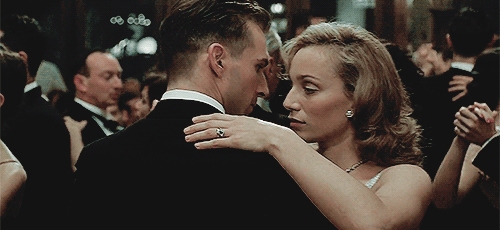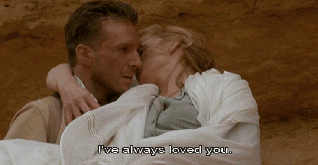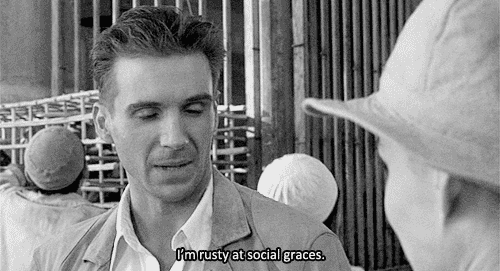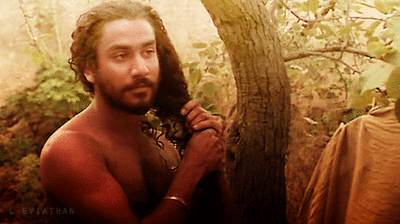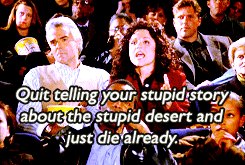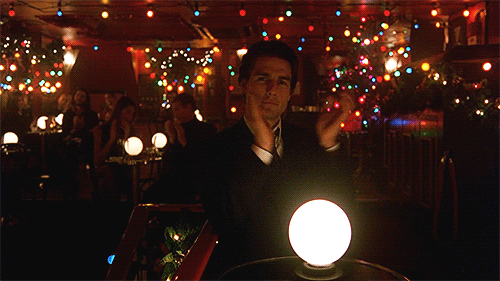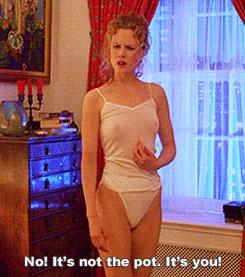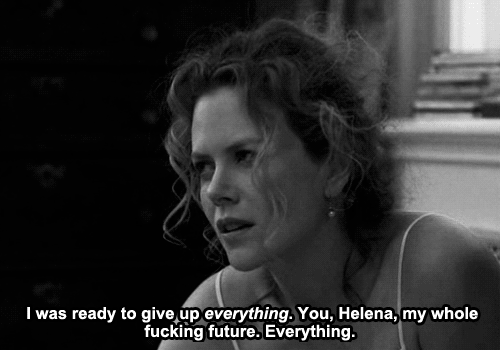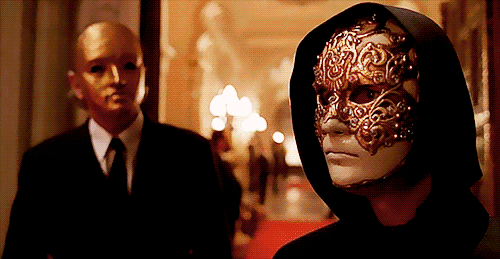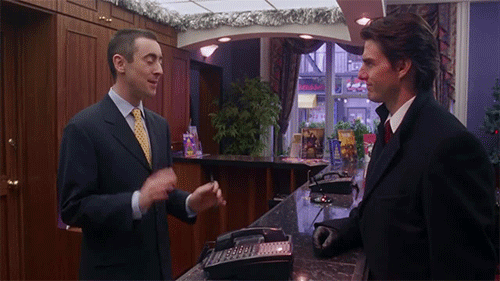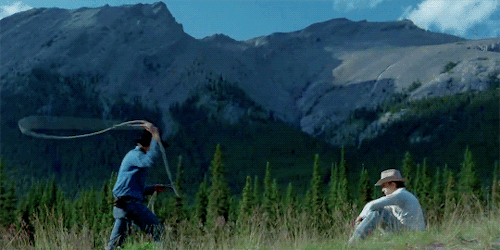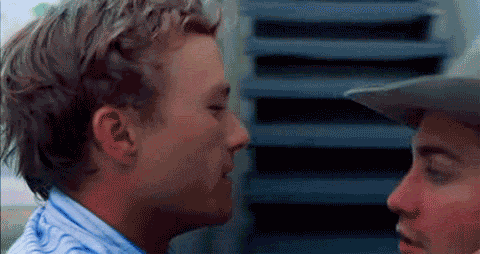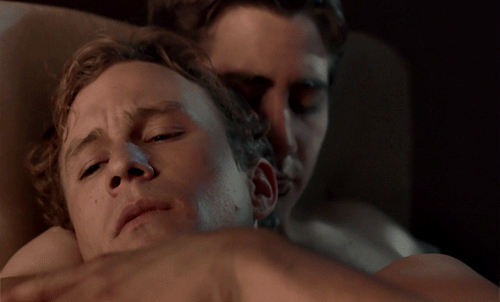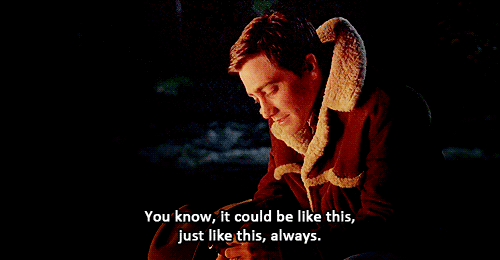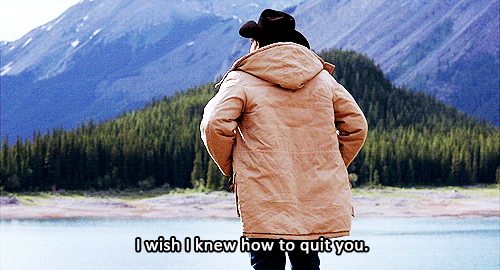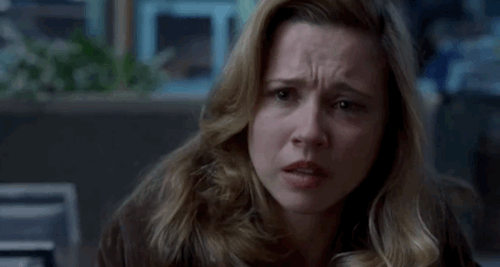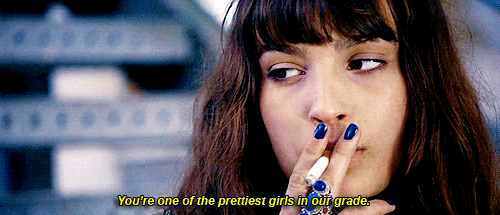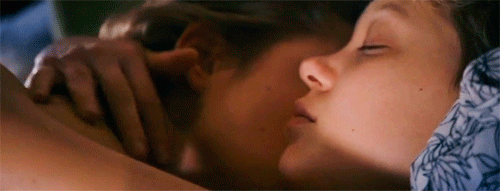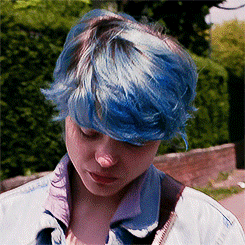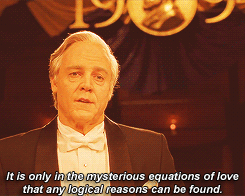Examples of this issue are played out in Working Girl (1988 - Stream on HBOGo), where romantic and professional relationships are juxtaposed as opposing directions where women are expected to relinquish femininity in order to be taken seriously.
I'm going to choose, for a moment, to view the question as a sincere thought experiment regarding the different aspects of romantic and friendship "love," and use film to understand evolving relationships between heterosexual men and women in American society.
Canadian Psychologist John Lee used Greek and Latin words for Love as well as Color Theory to describe what he believed to be the 6 types of love.
Eros, being the physical desire of another being, and Storge, being the non-physical familial or friendship love, are the two components that make up the perfect, unconditional Agape love.
The question "Can men and women be friends" is a careful consideration of the following idea:
Is it possible for a straight man and a straight woman to ignore any possibility of Eros, compartmentalizing all of their love for one another into a non-sexual Storge love?
The foundation of modern Romantic Comedy hinges on the conceit: Two people are meant to be together, but one thing is getting in the way. This "obstacle" generally falls into one of 4 categories.
1. They don't like each other (The Proposal, 10 Things I Hate About You, You've Got Mail)
2. One of them is not available because they are in a relationship or for a mistaken identity reason (13 Going on 30, Notting Hill, Moonstruck, Never Been Kissed, She's the Man)
3. Family gets in the way (My Big Fat Greek Wedding, Meet the Fockers)
4. They only see each other as friends
The fourth and final reason is the one I'm going to focus on as a sub-genre of the romantic comedy.
When Harry Met Sally - 1980s / 1990s RomComs
The precursor for this issue in the modern form of the genre is the Nora Ephron-penned "When Harry Met Sally" (1989 - Stream with ShowTime) which pretty much gets directly into this issue within the first act.
In it, Billy Crystal's character argues that men are the reason for this flaw in gender dynamics. Straight men are incapable of not wanting to have sex with a woman.
In other words, in non-familial relationships, Eros is a given, not a condition. This means, because Storge and Eros are mutually exclusive in all instances except romantic relationships, that men and women could never have an exclusively "friend" love.
And this is a much-argued point of debate, especially given today's political climate. I want to carefully place "business relationships" in a separate box for the purpose of this study, and focus primarily on social relationships between men and women in different romcoms.
In the case of Nora Ephron, she does technically prove Billy Crystal's character to be correct. The two main characters "end up" together, after decades of on-again off-again friendship. What I believe the conclusion to be, however, is that agape is less about friends admitting that their friendship has an element of physical desire, and more about timing.
13 Going on 30 - 2000s RomComs
A staple in pre-2010s romcom is "the boy who is a friend but is pining for the girl who only sees him as a friend."
I believe the modern understanding of the "friendzone" is a result of this reductive and toxic thinking. Many men treat friendship love, or Storge, as a participation trophy for being kind to women, and feel wronged when it is not returned as romantic desire. The all time great example of this is Snape in Harry Potter.
13 Going on 30 is able to side-step this by having the beginning characters so young, so the love is seen as more of a harmless crush.
Matt's feelings for Jenna in the beginning are an unrequited love. While her actions to reject him (throwing the miniature house at him) create a small bit of contempt in him for her, Mark Ruffalo's character never carries a chip on his shoulder about being friendzoned or rejected by the woman he sought after. When the timing is right, Jenna realizes she is in love with him as well. But it's her younger self in love with the younger him, able to open her friendship up to an (albeit innocent) form of romantic love.
Similarly to When Harry Met Sally, if released today, this story would probably get praise from a more sinister "men's rights" type for its portrayal of a man getting the girl through sheer kindness and patience. What that would erase, however, is Matt's genuine friendship with Jenna, the gift of the house being a summation of all of her superficial and childish desires for a perfect, suburban life. When she meets the man Matt becomes, she can reconcile the childhood romantic fancies with a more sustained, mature love.
This is proof that romantic comedies are a powerful lens for gender dynamics, and for influencing our understanding of love and romance.
"Always Be My Maybe" and "Anna and the Apocalypse" - 2010s
There are a series of films working to dismantle the "friendzone" stereotype, as we have now come to understand how harmful that thinking has been. Not only does it put women in a situation of being wary of being nice to men, it creates negative thinking in men about "deserving" true love simply for maintaining the base qualifications of friendship.
In Always Be My Maybe (2019 - Netflix) , the two "friend" characters are actually exes. While their friendship is rekindled more than a decade after their relationship, Marcus is unavailable because of a current relationship.
These are echos of When Harry Met Sally's ideology. Men and women are given space to form friendships when one of them is unavailable for a romantic relationship.
Although the foundations are laid for a true friendship, Sasha feels uneasy about crossing the line into something romantic because she doesn't see sacrifice from Marcus to make the relationship work outside of his comfort zone of San Francisco.
When push comes to shove, Marcus gives a little and the space is made for a romantic and friend-based relationship.
A different, probably non-romantic comedy film that addresses romantic affection between two friends is the near-perfect Anna and the Apocalypse (2017 - Stream on Hulu). What I love so much about this film is that the friends don't end up together. A boy has a crush on his female friend, he finds the feelings not to be reciprocated, and he still respects and cares about her enough to back off.
The film really shows a Gen Z that has evolved beyond the toxic thinking of our romcoms past. Men and women are not robots, they can't silo their feelings into boxes. But when you care about someone, you understand that what they feel is valid and respect that love is amorphous, capable of moving between types as we evolve and see each other in different contexts.
In Dating App Mishap, Lucy and Adam are definitively in a friendship at the start. The introduction of the photo, while tantalizing in the moment, is just a spark. Their storge, or friendship love, is already a healthy fire.
Never in the story does Adam pressure her to see him as the obvious choice, he respects her too much to threaten any conceptions of the validity of their friendship.
But as the door has been kicked open for a sexual desire, things are forced to change. Lucy must reexamine her understanding of their friendship, and only when she is ready to admit that the crossover from friendship to true romantic love is a carefully constructed bridge (because of the foundation of friendship/storge) and not a leap of faith, only then is she ready to take that step.



